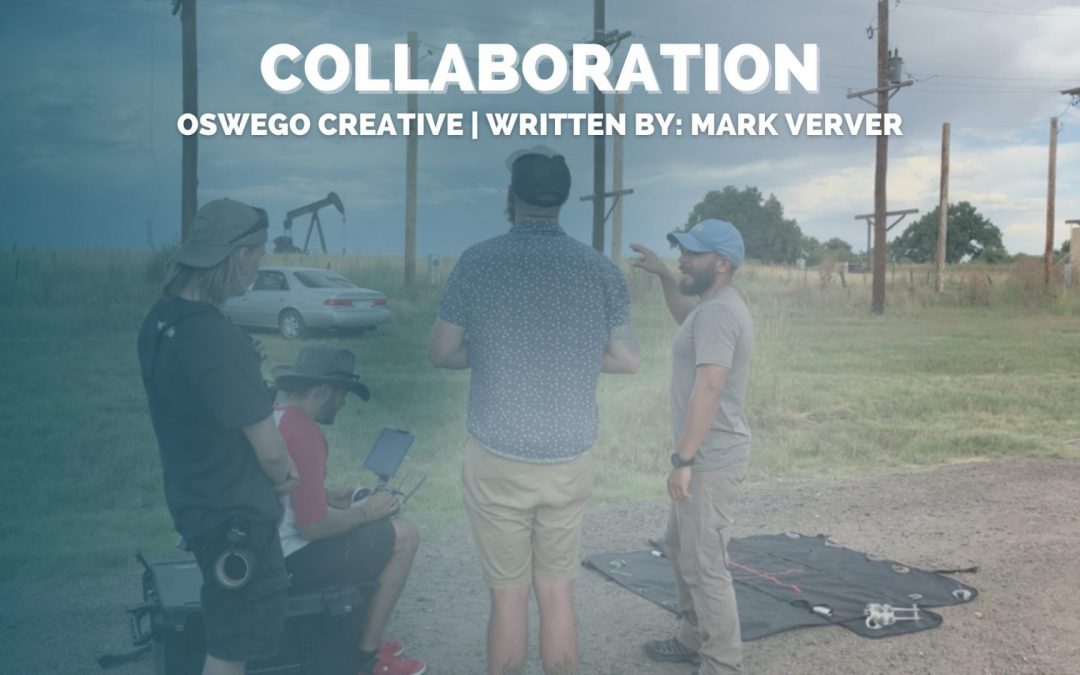One of my favorite aspects of working as a producer and director is the ability to collaborate with my team. While I feel like the word “collaboration” has been pummeled into becoming somewhat of a buzzword, it is a critical component in almost all of our projects at Oswego Creative.
Over the last few years of my career, I’ve really embraced the notion of collaboration. Early in my career, however, I rarely sought input from others. Sure I worked with others on a team, but there wasn’t a whole lot of back and forth dialogue about story development of a project. I generally put my head down, squeezed my brain like a sponge until an idea came out, then I’d unabashedly run with it. After a while, I realized my projects were getting stagnant. Technically, my productions were sound, and my clients were pleased, but the creativity became dull and uninspired.
One day over beers I was talking to a fellow producer about their creative process, and how to avoid becoming stale. For him, it was simply – collaboration. He didn’t just assemble a team to do a specific mechanical job on a production; he involved others in the development of the project. Once I took the practice to heart and stopped thinking I had answers, there was a true resurgence to my projects.
Now, I lean on my team rather than use my team. And that’s a huge difference. During pre-production, I meet with our creative team in order to get input on the direction of a story. While on a shoot or on set, I’m constantly collaborating with my director of photography on the best shots and the most efficient ways to achieve them. Even on projects where a shot list is seemingly concrete, there’s always room for collaboration and adjustments during the shoot. And of course, a lot of collaboration occurs during the post-production process. I work closely with editors and animators to put the puzzle pieces together in the most meaningful way.
A lot of the work that we do at Oswego Creative is non-fiction storytelling. We film stories about real people, and the lives that they live. While we do our best to pre-interview subjects and plan out the story before we ever press record, inevitably there are always slight changes once we begin to shoot. The subject may say something profound that we hadn’t planned for, or maybe a situation arises that we hadn’t thought of but we want to follow it. When producing doc-style content, things change, and it’s a relief knowing that you don’t have to have all the answers, knowing that you’re part of a talented team that feeds off from one another with ideas. I found that once I embraced collaborative efforts as a tool, the work I did had more meaning.


